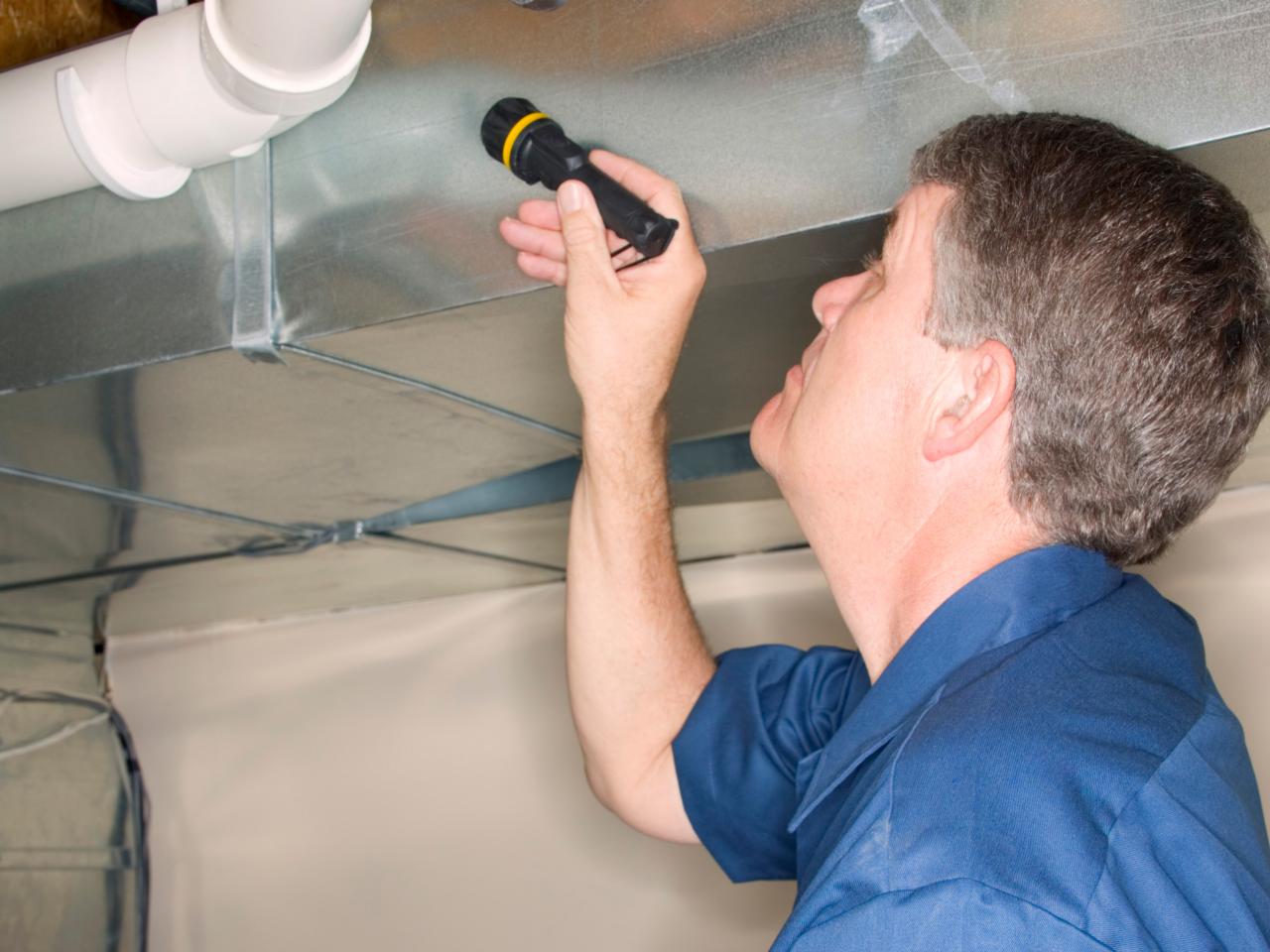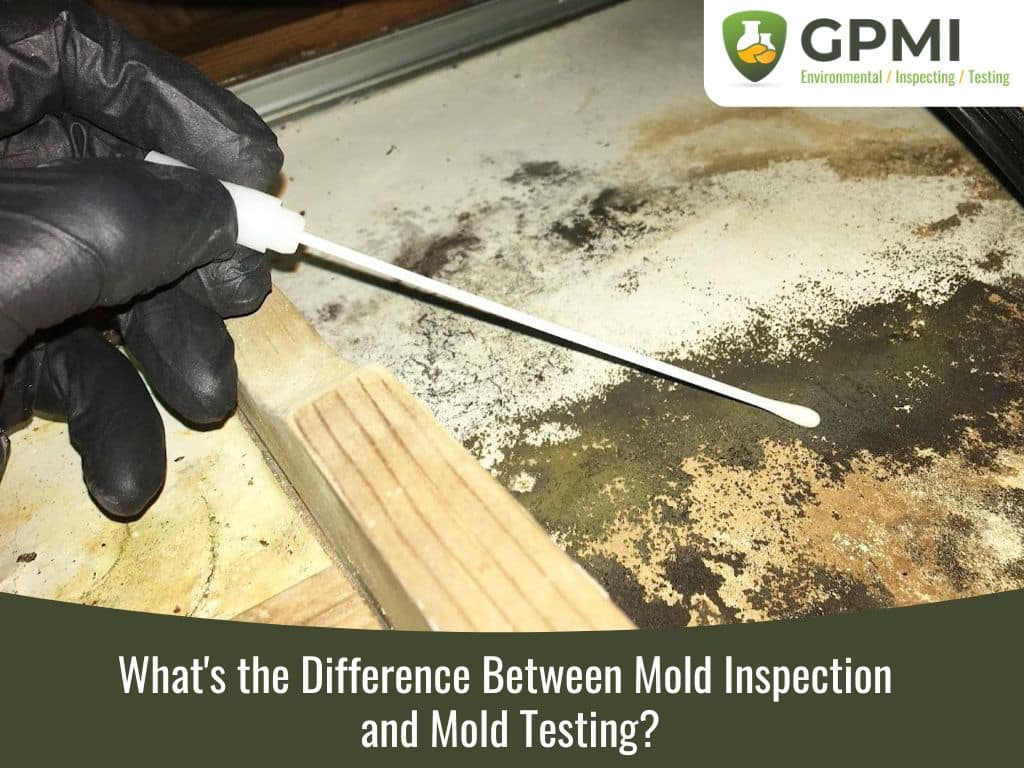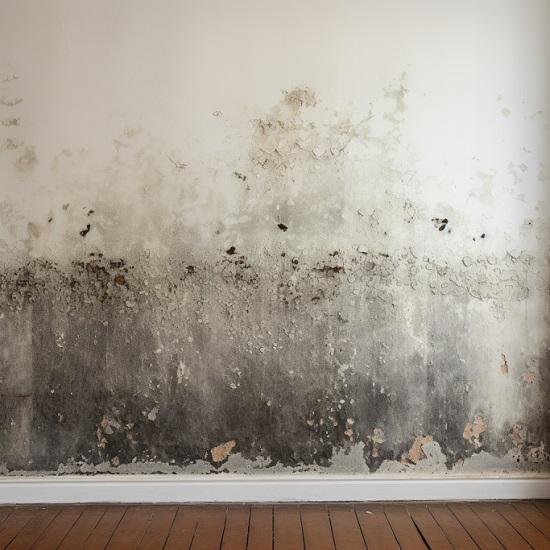Assistance on What to Do After Mold Remediation
Your Ultimate Overview to Blog Post Mold Remediation Techniques
In the results of mold infestation, recognizing how to properly get rid of the mold and mildew and prevent its reoccurrence is vital for keeping a healthy indoor atmosphere. From choosing the appropriate cleaning and decontaminating approaches to executing methods for long-term mold and mildew prevention, each action in the remediation trip plays a critical role in guaranteeing a successful result.
Understanding Post-Mold Remediation Process
After completing the mold remediation process, it is vital to recognize the post-mold removal strategies that are needed to make sure a effective and complete clean-up. As soon as the mold has been gotten rid of, the following step entails cleansing and decontaminating the affected areas to stop any regrowth of mold.
Moreover, performing a last examination post-remediation is crucial to make sure that all mold has been efficiently gotten rid of. This assessment ought to entail a detailed visual check as well as perhaps air tasting to validate the lack of mold and mildew spores airborne. Added remediation might be necessary if the inspection discloses any kind of remaining mold. Finally, educating passengers on safety nets such as regulating moisture degrees and without delay dealing with any kind of water leaks can aid maintain a mold-free setting.
Efficient Cleaning Up and Disinfecting Techniques

Stopping Future Mold Development

Importance of Appropriate Air Flow
Proper ventilation plays a crucial function in stopping moisture buildup, a key element in mold growth within indoor settings. Efficient ventilation systems help get rid of excess humidity from the air, minimizing the chances of mold spores finding the dampness they need to sprout and spread. Without sufficient air flow, indoor rooms can become a breeding place for mold and mildew, bring about possible health risks and architectural damages.
By making sure proper air circulation, ventilation systems can additionally assist in drying out wet locations extra quickly after water damage or flooding incidents, further discouraging mold development. what to do after mold remediation. Precede like washrooms, cooking areas, attic rooms, and cellars where moisture levels tend to be higher, installing and maintaining effective ventilation systems is important in preventing mold problems

Tracking and Maintenance Tips
Provided the vital duty that appropriate ventilation plays in my company avoiding mold and mildew development, it is vital to establish effective monitoring and maintenance pointers to make sure the continued capability of ventilation systems. Routine inspections of ventilation systems should be conducted to inspect for any type of signs of obstructions, leaks, or malfunctions that could restrain correct air movement. Monitoring moisture degrees within the home is also crucial, as high moisture can add to mold development. Mounting a hygrometer can assist track moisture degrees and alert home owners to any spikes that may need interest. In addition, click this link making sure that air filters are regularly cleansed or replaced is essential for maintaining the effectiveness of the ventilation system. Executing a timetable for routine maintenance jobs, such as duct cleansing and cooling and heating system inspections, can help avoid issues prior to they intensify. By staying alert and proactive to the problem of air flow systems, homeowner can properly reduce the threat of mold regrowth and maintain a healthy and balanced indoor environment.
Verdict
In conclusion, post-mold remediation techniques are necessary for making sure a clean and risk-free setting. Understanding the procedure, applying effective cleansing and disinfecting techniques, protecting against future mold and mildew development, maintaining proper air flow, and regular tracking are all critical action in the remediation procedure. By following these standards, you can successfully eliminate mold and stop its return, promoting a healthy living or working room for all occupants.
In the consequences of mold problem, recognizing how to efficiently eradicate the mold and prevent its reoccurrence is paramount for maintaining a healthy and balanced indoor environment. Once the mold has been removed, the following step includes cleansing and decontaminating the affected areas to stop any kind of regrowth of mold - testing air quality after mold remediation. After eliminating noticeable mold growth, it is critical to clean up all surfaces in the affected area to eliminate any type of staying mold and mildew spores. To better boost mold avoidance procedures, it is essential to address underlying issues that initially led to mold and mildew growth.Provided the essential function that appropriate air flow plays in protecting against mold and mildew growth, it is important to establish reliable surveillance and upkeep tips to make sure the ongoing functionality of air flow systems